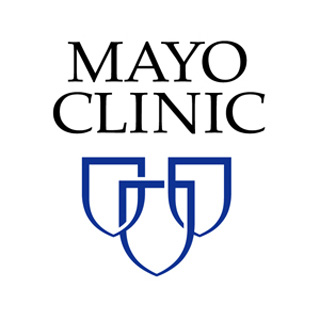Quantitative Assessment of Painful Diabetic Peripheral Neuropathy After High Frequency Spinal Cord Stimulation
| Status: | Recruiting |
|---|---|
| Conditions: | Diabetic Neuropathy, Neurology, Pain |
| Therapuetic Areas: | Endocrinology, Musculoskeletal, Neurology |
| Healthy: | No |
| Age Range: | 18 - Any |
| Updated: | 2/10/2019 |
| Start Date: | November 20, 2018 |
| End Date: | December 2021 |
Quantitative Assessment of Painful Diabetic Peripheral Neuropathy After High Frequency Spinal Cord Stimulation: (QUANT) HF10 Study
Will participants with painful lower extremity diabetic peripheral neuropathy (DPN) that are
treated with high frequency spinal cord stimulation (HF10 SCS) have improvements in lower
extremity peripheral nerve function?
treated with high frequency spinal cord stimulation (HF10 SCS) have improvements in lower
extremity peripheral nerve function?
This research study is being conducted to find out if spinal cord stimulation (SCS) can
improve nerve function. SCS is FDA approved for the treatment of intractable neuropathic
(nerve) pain related to diabetic peripheral neuropathy. With SCS a wire is placed in the
epidural space and the spinal cord is stimulated to interrupt the pain signal coming from the
legs. The spinal cord stimulator is a device similar to a pacemaker (which helps treat
abnormal rhythms of the heart). Recent studies have suggested that SCS with high frequencies
can improve nerve function for subjects with painful peripheral neuropathy therefore, the
investigators are looking to measure changes in nerve function after SCS for treatment of
painful diabetic peripheral neuropathy.
The purpose of this research is to gather information on the effect of high frequency spinal
cord stimulation (HF10) on nerve function with a spinal cord stimulator.
improve nerve function. SCS is FDA approved for the treatment of intractable neuropathic
(nerve) pain related to diabetic peripheral neuropathy. With SCS a wire is placed in the
epidural space and the spinal cord is stimulated to interrupt the pain signal coming from the
legs. The spinal cord stimulator is a device similar to a pacemaker (which helps treat
abnormal rhythms of the heart). Recent studies have suggested that SCS with high frequencies
can improve nerve function for subjects with painful peripheral neuropathy therefore, the
investigators are looking to measure changes in nerve function after SCS for treatment of
painful diabetic peripheral neuropathy.
The purpose of this research is to gather information on the effect of high frequency spinal
cord stimulation (HF10) on nerve function with a spinal cord stimulator.
Inclusion Criteria:
- Type 2 diabetes mellitus
- Refractory predominantly lower extremity neuropathic pain for > 1 year
- Presence of length dependent peripheral neuropathy on sudomotor testing
- Completed spinal cord stimulation trial with 40% or greater pain reduction from
baseline
- Failed medication trials or contraindication to gabapentin medications (gabapentin,
pregabalin) and/or serotonin/norepinephrine reuptake inhibitors (tricyclic
antidepressant (TCA) or duloxetine or venlafaxine)
- Average pain score on a visual analog scale (VAS) of ≥ 5 (with 0 representing no pain
and 10 the worst pain imaginable)
- Appropriate surgical candidate for spinal cord stimulator
Exclusion Criteria:
- Severe Autonomic Neuropathy as measured by the composite autonomic scoring scale (10
point scale) with a score ≥ 7
- History of sympathectomy
- Uncontrolled arterial hypertension (Systolic Blood Pressure >160)
- Baseline Foot TcPO2 < 10 mmHg to exclude patients with severe peripheral arterial
disease
- Hemoglobin A1c > 8%
- Stable opioid regimen with oral morphine equivalent ≥ 100 mg/day
- Alternative principle cause for peripheral neuropathy or lower extremity neuropathic
pain
- Disruptive psychiatric disorder (screened for during preoperative psychiatric
evaluation)
- Pending litigations
- Women of child bearing potential unwilling to use contraception or found to be
pregnant as part of perioperative screening
- Patients unable to hold medications that would impact autonomic testing
We found this trial at
1
site
200 First Street SW
Rochester, Minnesota 55905
Rochester, Minnesota 55905
507-284-2511

Principal Investigator: Narayan R Kissoon, M.D.
Phone: 507-422-0582
Mayo Clinic Rochester Mayo Clinic is a nonprofit worldwide leader in medical care, research and...
Click here to add this to my saved trials